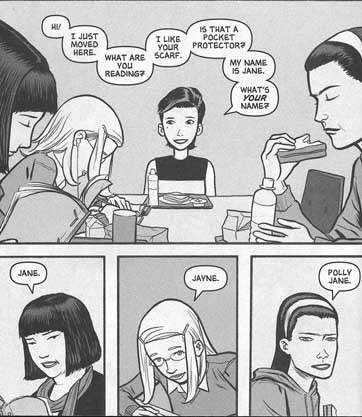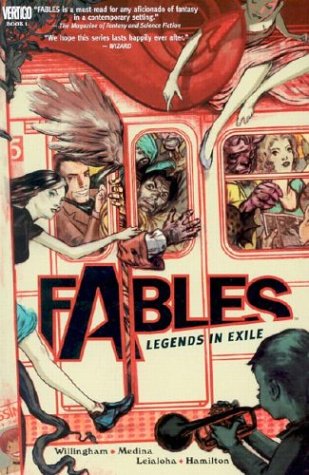Author: Albert Marrin
Publisher: Dutton Juvenile (2004)
Media Format: Book
Genre: Biography, Non-Fiction
Selection Source: Text p. 296
Reading Audience: High School
Reading Recommendation: 3 ***
Curriculum Connection: American History
Summary
This biography tells the story of our first populist president. All the presidents before him, and most after him had elite educations, and came from aristocratic backgrounds. Jackson was the first president who rose up from the dirt to hold the highest office in the land. Despite being poor, Jackson seemed like a special child with a feel for horses, an adventurous streak, and toughness that got him in a lot of fights. Jackson's ambitions stayed with him through adulthood as he thrived in each position he held and hungered for more. Despite having extremely insensitive racial views, and pre-feminist movement thoughts about women, Jackson was a loving husband, and had a special relationship with his wife. After enduring a bitter presidential campaign, Jackson became the seventh president of the United States. His presidency was a success in terms of accomplishing what he set out to accomplish. Unfortunately, one of those things was driving Indians off their land. For better or worse, Jackson is the quintessential American president. His narrative fits perfectly with the American myth. Even his flaws are part of the American story.
Evaluation
This book does what a biography is supposed to do. It engagingly tells a person's story. It draws us in by talking about Jackson's adventurous boyhood. It shows us his humanity by documenting his relationship with his wife. Finally, it lets his actions speak for themselves without passing judgement. It allows the reader to judge Jackson for what he was, a flawed human, living in less sensitive times, who rose to the White House, and did what he felt was right.
The primary use of this book would be in connection with an American History course. Not too many YAs are going to read it for pleasure, but if they are forced to read it as part of a class, many might find it more interesting than they had expected.






